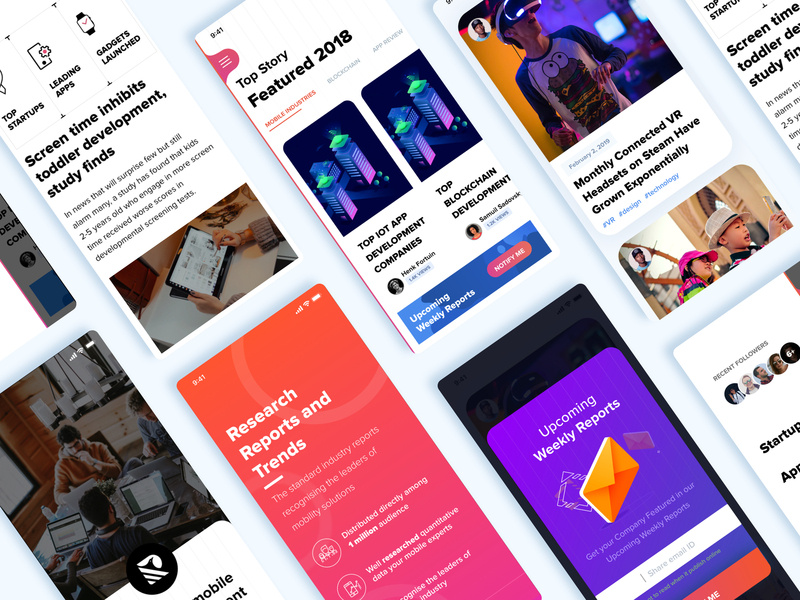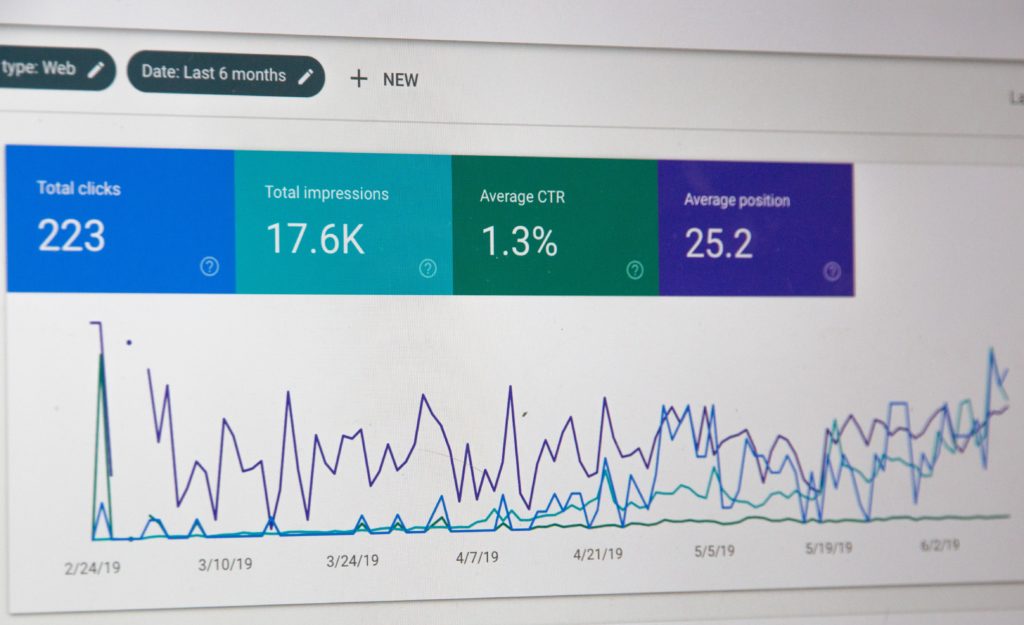It’s never been easier for tech savvy people to get ideas for others to read. However, many still have questions on how to start a tech blog and set themselves apart.
Technology is ever evolving, and so is the blog world. If you want to start a tech blog, here’s what you need to do in order to get the most out of it, from finding your niche to analysing your audience.
#1 - Choose your focus
First things first, you need to love what you are writing about! So choose an area you are knowledgeable in and passionate about.
Another key thing to mention here is that the more niche your focus the increased engagement and relevant people you will get reading your work! You can be focused on your subject and build up your reputation as an expert.
#2 - Select your platform
WordPress – WordPress.org is the world’s most popular blogging software. Started in 2003, WordPress now powers more than 30% of all websites on the internet.
Tumblr is a little different than other blogging platforms. It is a micro-blogging platform with social networking features including following other blogs, re-blogging, built-in sharing tools, and more.
Medium – Launched in 2012, Medium has grown into a community of writers, bloggers, journalists, and experts. It is an easy-to-use blogging platform with limited social networking features.
Ghost is a minimalist blogging platform with features entirely focused on writing blog posts. Started in 2013, Ghost is available as a hosted platform and as a software that you can install / host yourself.
Squarespace is a website building service that allows you to create beautiful websites using easy drag and drop tools. It focuses on small business owners who are looking for an easy way to create an online presence.
#3 - Name it!
Now this is important because once you’ve chosen a name for blog, created logos, social media accounts and written content on your blog, then it’s going to be hard (although not impossible) to change.
So make sure you’re happy with your name.
Your domain should be:
- Brandable
- Easy to remember
- Relevant
#4 - Branding
Think of the overall theme – this should be in line with your domain name and the industry.
It’s a good idea to pick a nice and simple theme, that isn’t full of fancy bits that you don’t need. The design of your website should be simple and easy to read.

Another important aspect to think about that is sometimes forgotten is how it will be viewed on different devices such as mobile, desktop and tablets.
The more features and plugins that your theme has, the slower it is going to be. You want a website that loads quickly so that your users don’t give up waiting for it to load.
#5 - Showcase your personality
By writing in a conversational style, you can showcase your personality quite naturally!
Also, writing in a conversational tone makes an article sounds like a conversation between two people rather than a textbook.
Everyone loves a story! If you begin your blog with a story – chances are your audience will be more likely to engage or disengage if they don’t like your story (in which case you don’t need these people reading your blog anyway). You could start with how you got in to the tech industry if you currently work in it, or alternatively describe your passion for tech and how you started on computers at 4 years old. It’s entirely up to you!
Check out Pauline Narvas’s blog story for inspiration – Pawlean
By writing as if you are in conversation you will not have to keep up a false persona and you will find it easier to write engaging content in the future.
#6 - SEO
Keyword research is essential for on page optimisation. Chances are you are naturally including keywords without realising it simply by providing valuable content on a topic. However, there are a variety of tools and techniques for finding related keywords relevant to your blog post that you may not have considered.

The Google Adwords Keyword Tool offers great tools that allow you to find keywords related to your topic. In order to make the best use of these keywords they must be repeated throughout whether that be in headers or in the body text. To put it short, search engines, and Google, in particular, love and appreciate headings. Search engines use headings to identify the most relevant parts of your posts, as well as indexing the general structure and content of your site or blog page.
#7 - Linking
When you mention another blogger or article in your blog post, include a link to the information you are referencing. Not only is it good blogging etiquette, but you may also get lucky and receive a link back. Quality links are a valuable commodity for any site looking to rank higher in search engine results pages.
#8 - Share it!
You may be utilising Facebook, Twitter, Instagram, or other social media sites to create connections with people who would be interested in your content. Why not promote your blog content on these sites for even more web exposure? Free programs like Hootsuite makes it easy to post links to your latest blog post on all of your social media sites with just a couple of clicks. You can even schedule your posts ahead of time!
#9 - Analyse your audience
Give readers the opportunity to subscribe to your blog. This allows your blog followers to have instant notification of your latest posts without having to periodically check your site for new content.

The total number of visits to a blog post is a simple metric that can give you a lot of information on how enticing the headline is to readers and how well your blog posts rank in search engines. Another way of assessing who is looking at your articles is by simply looking at who has shared on social media.
#10 - Stay Active
To begin with, you should start by pre-writing a few blog posts that can be released in the launch. Following this, you will need to maintain a steady number of articles published each week to stay relevant.
Written By: Heather Turnbull






